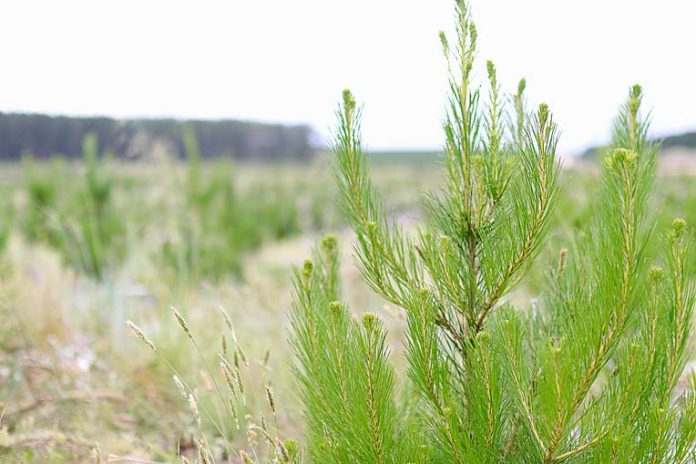WATTLE Range Council chief executive Ben Gower has confirmed he will speak with South Australia’s Valuer-General about the disparity between forestry and farming land rates.
“We understand that while agricultural land rates have risen, the forestry rates have stayed the same for a number of years and I and the mayor (Des Noll) will be meeting with Valuer-General Katherine Bartolo in October,” Mr Gower said.
Mr Gower has also written to the Transport, Infrastructure and Local Government Minister Knoll to reconsider the current land valuations after being instructed to by elected members in September.
The letter calls on Mr Knoll to investigate and implement a more appropriate methodology for valuing forestry land.
“This year alone, our primary producers have experienced an average 21pc increase in land valuations on the back of an average increase of 11pc in the preceding year,” the letter says.
“In stark contrast, forestry land across the council area has not been reviewed by the Valuer General’s office to reflect the recent increases in adjoining land sale prices.
“Under the State Valuation Office’s Land Use Code system, forestry is classified as primary production land and is therefore rated by this council in the same way as all other agricultural land that falls within this land use code.
“As a result of the disparity between the broader primary production land valuation increases in comparison to forestry land, council rates have increased by an average of 12pc for all primary production land use code properties, whilst forestry land has benefited from a 17pc decrease in rates over the past two years.
“These variations are directly related to land valuations as council’s overall rate revenue has been limited to just a 2pc increase over the same two year period.”
Mr Gower said the disparity between land codes had led to “significant concern” within council’s farming community.
“Their concern extends to the impact the forestry sector has on our local road network during harvesting operations, which places a significant cost burden on all rate payers,” he said.
“Many of these farmers share a common boundary with plantation forests and they are of the firm opinion, as is this council, that this land should be valued and therefore rated in exactly the same way.”






